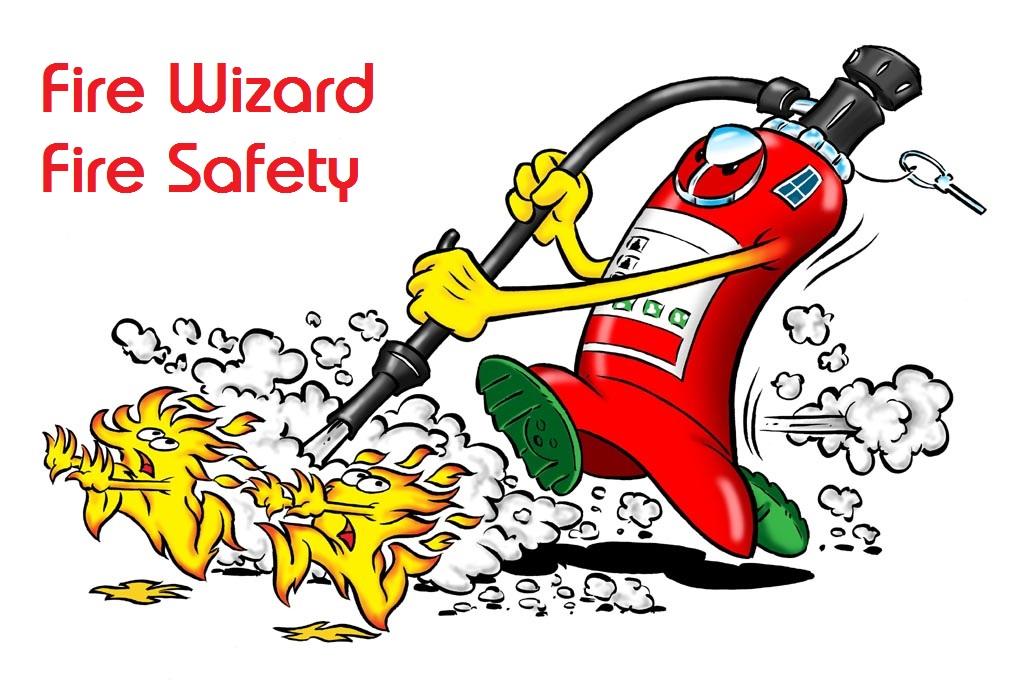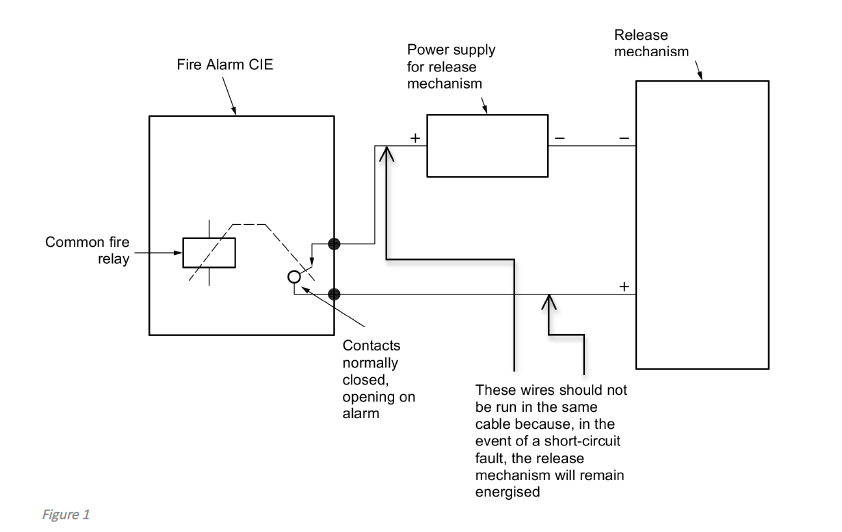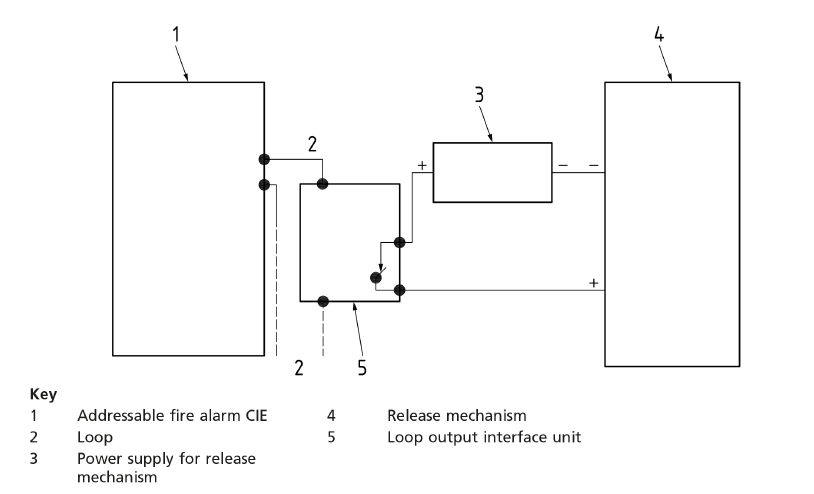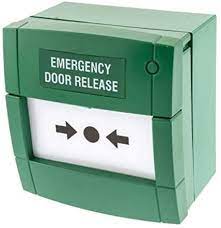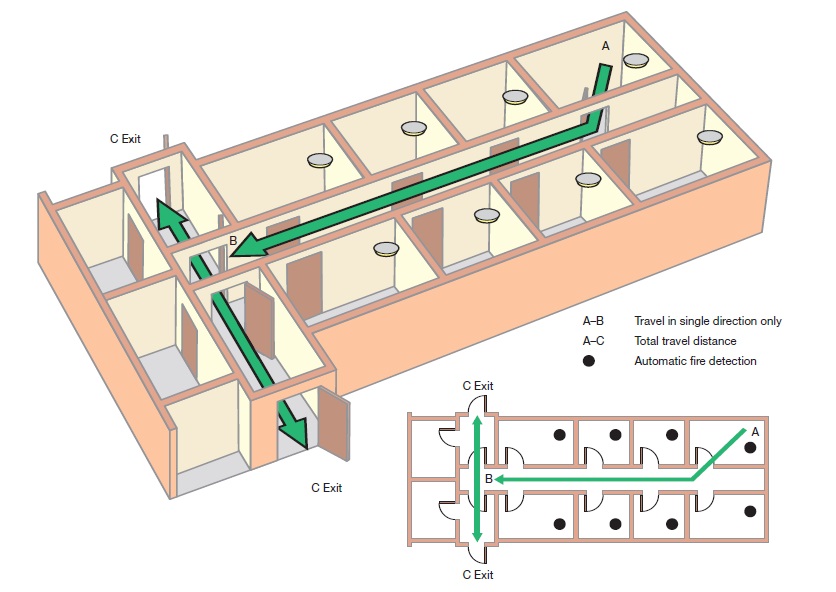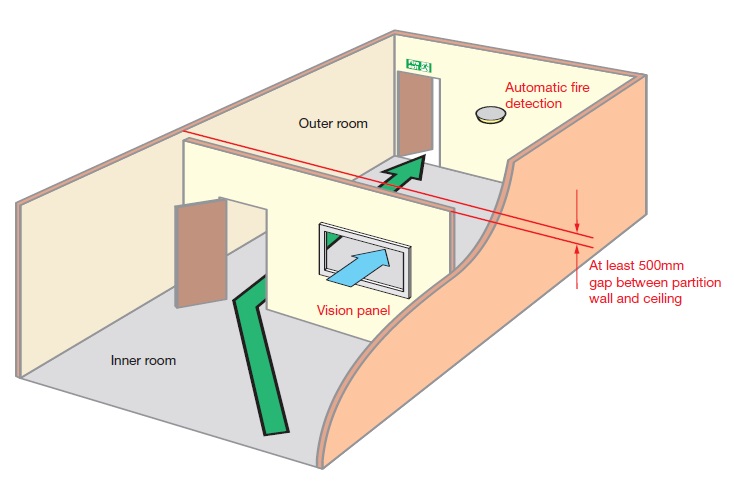-
Posts
2,703 -
Joined
-
Last visited
Everything posted by AnthonyB
-
It's just bad spelling and grammar. They mean door closer.
-
This isn't a fire safety matter, more one of property law for which you should consult a specialist lawyer. Are you leasehold or freehold?
-
There is scope not to have this link in places of detention, certain healthcare scenarios, etc but the default for normal premises is to interface as life is considered more important in the regulatory framework. It's up to the Responsible Person to ultimately decide as legally they carry the can.
-
As is sadly too common the service (sales?) engineer has taken a gem of truth and bent it to suit their revenue needs. - Fluorosurfactants are now regulated with older versions of foam prohibited (but no extinguisher with these, if serviced and refilled or replaced correctly over the years should still be in service) and the current versions (less damaging, but still persistent enough to be a problem) to be withdrawn, however the timeline isn't out yet. - Fluorine free foam extinguishers will come in to replace these, whilst available in Europe for some time they aren't yet on the UK market, but foam will still be an option in future - Whilst a small number of water additive extinguishers and some F class extinguishers (usually the ABF rated foams and some ABF rated Wet Chemicals, but not the AF rated ones) do contain fluorosurfactants increasing numbers do not and these would not automatically be affected by any foam replacement timeline. - Hydrospray (which is a Chubb Fire trademark) or as generically called Water with Additive extinguishers are not a drop in replacement for Foam or Wet Chemical as they are only suitable for Class A (solids) fires not the Class B (liquid) fires that foam is mainly for or the Class F (cooking oils) fires Wet Chemical is intended for, so is a very poor & even dangerous suggestion for a replacement - That having been said, foam has been over sold for decades and many situations don't need it. Unless you have a contained Class B risk you don't need foam and a 6 litre plain water spray provides comparable Class A & 35kV protection to a 6 litre foam - A chemical free alternative to Wet Chemical for Class F fires is Water Mist - A foam alternative for Class B fires doesn't exist where the risk is contained and in depth (hence why new foams have been developed to replace the current ones) but for shallow, spill and running fires Powder is effective as is CO2 for small indoor risks. Water Mist also has an unofficial Class B rating for small risks (similar to that of CO2)
-
That is up to the Fire Risk Assessment. A competent assessor would consider layout, occupancy numbers, occupancy type, premises type, number & width of exits, travel distances etc. and be able to decide if this is OK - it's not a simple yes/no as it could be either.
-
Your fire risk assessment should address this although the standard benchmark guidance would allow this for the shop based on a travel distance under 18m (measured around furniture, fixtures and fittings from the rear of the shop, not a straight line unless it's open plan enough to allow it) and the shop not having over 60 persons in it.
-
Technically not as the traditional benchmark has a 750mm absolute minimum and BS9999 has an 800mm absolute minimum even though it builds in flexibility. However in existing legacy builds a bit of common sense is required (especially as it's not that far below and the PAS79 FRA methodology allows a bit of leeway) and so the risk assessor should look at the premises, precautions, risk profile and see if they are comfortable justifying the situation in their FRA and that the Responsible Person is happy to accept this.
-
Guidance says you shouldn't put exit signs on doors - is the headroom too low for a suspended sign?
-
The interfacing needs to meet BS7273-4 which most lock/security companies seem to be oblivious of. If you aren't qualified to work on fire alarms you shouldn't really do it. I can't attach the standard for copyright reasons, but this extract from building regulations summarises requirements: Electrically powered locks should return to the unlocked position in all of the following situations. a. If the fire detection and alarm system operates. b. If there is loss of power or system error. c. If the security mechanism override is activated. Security mechanism overrides for electrically powered locks should be a [Green] Type A call point as described in BS 7273-4. The call point should be positioned on the side approached by people escaping. If the door provides escape in either direction, a call point should be installed on both sides of the door. Fire Alarm connections 1 - Conventional system using control panel's relay 2 - Addressable system using i/o unit on the loop (also requires programming on the panel, not just a physical job)
-
Guidance generally puts it as a low risk issue in smaller blocks, but in the scenario you give, with no borrowed lighting at all and possible hazards, would usually require provision to be considered.
-
Either of the below - the keep shut at night was traditionally used in sleeping risk premises but only should be used if that is your policy
-

Fire Door Maintenance in Buildings under 1 year old
AnthonyB replied to a topic in Fire Doors and Accessories
The older versions of the standard used to refer to 6 monthly, but as Neil states the current version has shied away from giving advice on intervals and in effect is based on the risk. Inspection differs of course - there are user level competence checks of the more basic aspects of a doorset which may be expected to be part of general in house fire safety inspections which are often weekly or monthly and then the more thorough time consuming checks by competent specialists which can vary from 3 - 12 monthly. -
Agreed - chasing work if not in Scotland where the rules are tighter. Mains (grade D1/2) is better but battery (grade F1/2) is legal. If you need a rewire however it would have to include the new main powered alarms as it's subject to Building Regulations which require mains alarms as a minimum.
-
It sounds like you don't have a current Fire Risk Assessment carried out by a competent person otherwise you would already have the answer to this - contact a qualified competent fire safety professional to carry out an FRA. External stairs were traditionally used where there were not sufficient internal stairs for escape in an existing building or as a cheaper way to add required exit stairs for emergency use only in a new build than a fully enclosed stair.
-
If it's the final exit to the outside then it doesn't need to be a fire resisting door or shut unless an external stair passes close by or sometimes an escape route that is alongside the building and can only be used by passing the doors with no alternative.
-
As it seems to be a building other than a dwelling then the window escape is not an option and it seems the wrong version of Approved Document B is being applied. It reads like a dead end corridor with rooms off for which travel distances are OK based on your info and the only other thing you need is one of the two below solutions:
-
Not without a fire risk assessment that is suitable and sufficient and by a competent person justifying why means of escape is still acceptable without it, usually based on the guidance here: https://www.gov.uk/government/collections/fire-safety-law-and-guidance-documents-for-business
-
It sounds like you would be creating an inner room situation - the access room should not be an area of high risk (& enforcement officers have in the past treated laundry rooms as such), your travel distances are excessive and you would need one of the below solutions to protect the inner room, so it's not looking advisable
-
The problem is that you have specified a mix of domestic (BS5839-6) and temporary construction site equipment (no standard compliance) for a finished non residential building and building control are correctly applying the requirement for a commercial grade alarm to BS5839-1 from Approved Document B to the Building Regulations (see below graphic). The construction site call points wouldn't meet the Health & Safety (Signs & Signals) Regulations 1996 either as these require fire alarm signals to have two power sources (not mains only or battery only) As a small office you don't need detection so they only require the system to have manual call points and sounders off a control panel (Category M). Of course you could simplify things even more (& reduce costs) by not providing any fire alarm as the pod is so small and the following provisions from ADB can apply: General provisions 1.1 All buildings should have arrangements for detecting fire and raising the alarm. In most buildings, fires are detected by people, either by sight or smell, and therefore often nothing more is needed. 1.2 In some small buildings/premises, the means of raising the alarm may be simple (for example, a shouted warning). In assessing appropriate solutions, warnings need to be heard and understood throughout the premises.
-

Does anyone know what guidance says about using 'Push bar/pad doors?
AnthonyB replied to Keith's topic in Fire Exits
The Building Regulations 2010 APPROVED DOCUMENT B Fire safety Volume 1: Dwellings 2019 edition incorporating 2020 amendments -
The relaxation only applies where: a. The top storey of the building is a maximum of 11m above ground level. b. No more than three storeys are above the ground storey. c. The stair does not connect to a covered car park, unless the car park is open sided d. The stair does not serve offices, stores or other ancillary accommodation. If it does, they should be separated from the stair by a protected lobby or protected corridor (minimum REI 30) with a minimum 0.4m2 of permanent ventilation, or be protected from the ingress of smoke by a mechanical smoke control system. e. Either of the following is provided for the fire and rescue service. i. A high-level openable vent with a free area of at least 1m2 at each storey. ii. A single openable vent with a free area of at least 1m2 at the head of the stair, operable remotely at the fire and rescue service access level.
-

Bonding poly (plastic) drums during flammable liquid pouring
AnthonyB replied to Poindexter2291's topic in Fire Prevention
Hi, This is a UK site so can't advise on OSHA issues - although do note that in our guidance we use 'tap' where the US guides would say 'faucet' and a funnel is not a tap. I'm not sure how prescriptive your codes are but here if you could demonstrate that your solution provided equal or greater safety than that in the guidance it would be accepted by our equivalent of OSHA -

Can I sell a chair without fire safety label on ebay?
AnthonyB replied to a topic in Passive Fire Protection
If they are 1980's then unless they are very late 1980's they are unlikely to be legal and would have coverings and foam that would fail the fire tests as the change in law on furniture wasn't passed until 1988. -
Usually a complete tested & certified doorset (i.e. door & frame) is required - as it has to be an FD30S door it will also need intumescent strips with cold smoke seals as well.
-
No, they don't: C5 All fire doorsets, including to flat entrances and between a dwellinghouse and an integral garage, should be fitted with a self-closing device, except for all of the following. a. Fire doorsets to cupboards. b. Fire doorsets to service ducts normally locked shut. c. Fire doorsets within flats and dwellinghouses.

